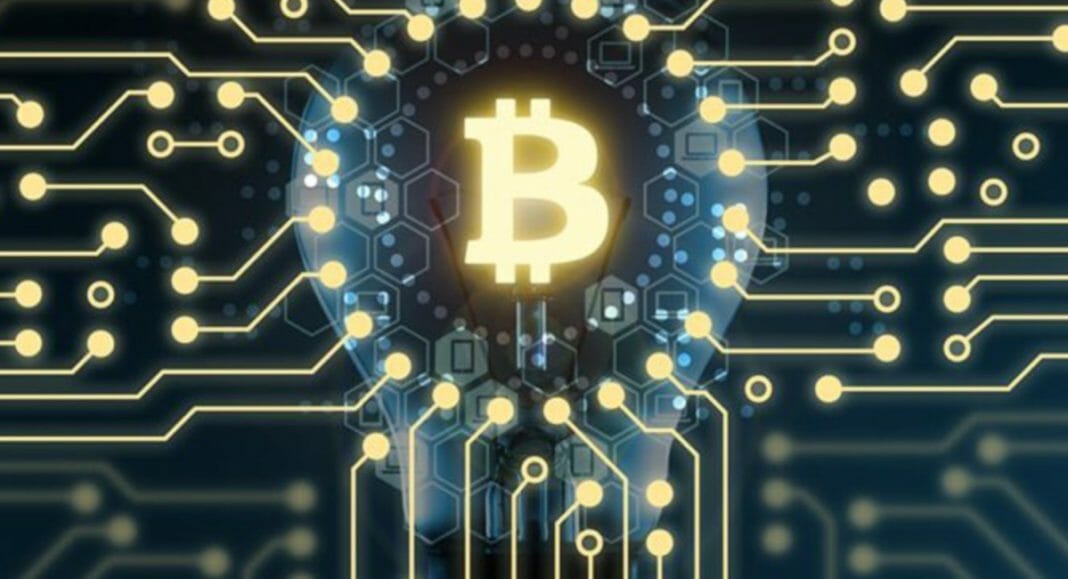Miners have already extracted 90% of the coins that the Bitcoin network will issue. The pioneering cryptocurrency regains its processing power to levels before the bans in China.
The Bitcoin mining industry responds to incentives from the electric power market, regulatory facilities, different business models, and rewards from the network. For that reason, nobody should necessarily interpret a decrease in hash rate as a negative symptom.
In addition, the mining difficulty is a mechanism that Bitcoin uses to prevent miners from acquiring too much or too little power. The latter would not allow the network to sustain the confirmation of transactions to add.
For twenty weeks, Bitcoin miners have found various ways to sustain their operations and project themselves and their results in the long term.
The Hash Rate Hit All-Time Highs after the Bans in China
Since early December, Bitcoin and its mining have reached two extremely relevant milestones. First, the hash rate reached its all-time highs for the first time after the bans in China occurring earlier this year. Besides, miners have already extracted 90% of all the coins that the network will issue
In that regard, the mining difficulty fell slightly in the adjustment of November 28th. However, it increased by more than 8% on December 11th.
Nine out of ten adjustments have been positive since July, and the current difficulty of 24 T is one of the highest this year. That of May 13th (of 25 T) is the only one that has exceeded it.
The last difficulty adjustment of 2021 will occur on December 24th or 25th. It is still uncertain whether that correction will exceed the current difficulty rate. That would allow Bitcoin to close the year with the highest difficulty rate in all its history.
Attacks by Politicians Do Not Prevent the Industry from Growing
The Bitcoin mining industry continues to grow despite the attacks by prominent politicians. For example, US Senator Elizabeth Warren has criticized the dioxide-carbon (CO2) footprint that this activity leaves.
A new company sells new and used mining machines, especially to small businesses. It plans to deliver 40,000 devices by 2022 among customers in the United States, Canada, and Norway.
In South America, another company offers various services on data analysis to Bitcoin miners. Besides, it is hiring Spanish American developers, software engineers, technical analysts, electrical technicians, and team coordinators.
The Position of Mining Pools has Not Changed Much This Year
The position of mining pools based on the processing quota they have contributed to the network has not changed much. The exception would be the positioning of F2Pool in the first position since it previously occupied the fourth position.
Similarly, unknown pools continue to have a significant share of the Bitcoin network. These pools could consist of underground miners or independent and new pools for explorers to recognize.
The Bitcoin mining business has become increasingly relevant worldwide after the Chinese government banned it. In less than a year, the level of hash rate reached record levels outside the Asian country, especially in the United States.
By Alexander Salazar











